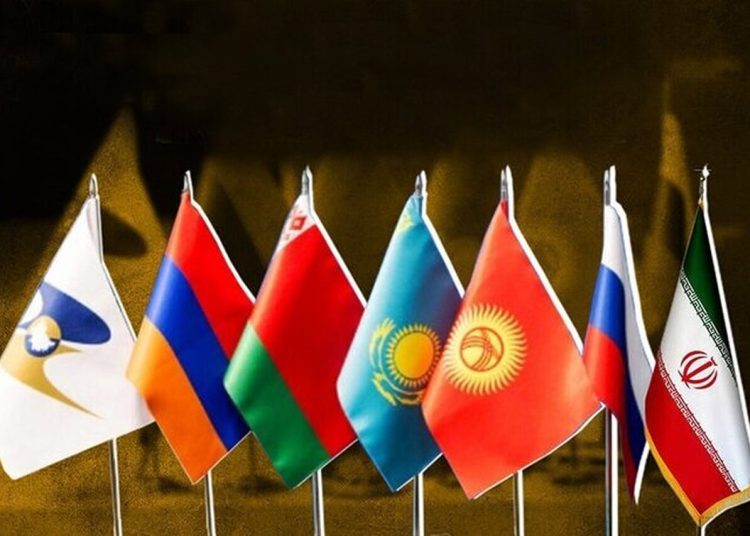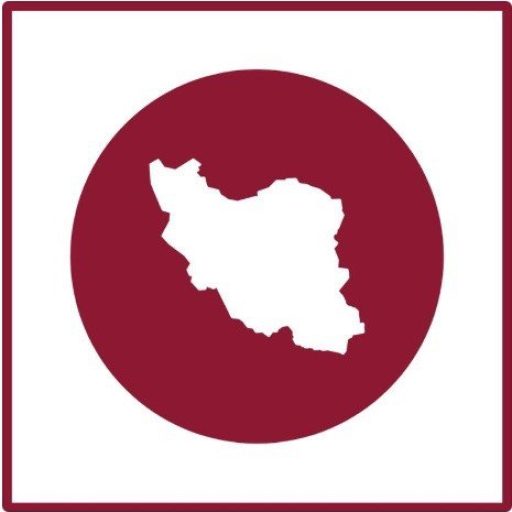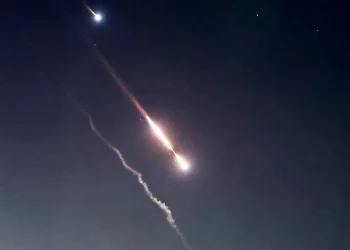Today, the well-known city of St. Petersburg in Russia is set to play host to a momentous occasion—the ratification of a permanent free trade agreement. This significant accord will be endorsed in the presence of the Iranian Minister of Industry, Mining and Trade and the deputy prime ministers representing the five nations within the Eurasian Economic Union (EAEU).
The agreement is formalized four years after the culmination of a preferential trade accord between Iran and the EAEU on October 27, 2019. Preceding this noteworthy undertaking was the interim agreement on May 17, 2018, which laid the groundwork for the free trade zone between Iran and the member states of the EAEU.
With the lapse of the preferential trade agreement on January 19, 2023, a provisional free trade agreement between Iran and the EAEU was brought into effect with a one-year tenure.
Since the EAEU’s inception, Iran has ardently pursued membership within this bloc. The foundational treaty that birthed the EAEU was endorsed on May 29, 2014, by Russia, Belarus, and Kazakhstan—effectively succeeding the Eurasian Customs Union. This was further bolstered by the accession of Armenia and Kyrgyzstan, with the alliance commencing operations on January 1, 2015.
Today, the EAEU stands as a formidable regional economic consortium, driving regional prosperity. Yet, politically, it stands as a repudiation of Western economic hegemony.
Among the EAEU’s strategies are the promotion of capital fluidity, bolstered trade, and enhanced service exchange. These objectives have necessitated the harmonization of customs, labor, and tax legislation, alongside a bevy of other political and economic accords.
Russia, as the progenitor of the EAEU, is fervently championing its expansion, targeting primarily former Soviet states. The alliance spans an extensive geographical region, boasting prodigious natural resources and a potential consumer market thanks to a populace nearing 182 million.
For Iran, joining the EAEU signifies a tactical economic and political maneuver. A significant motivator for this strategic tilt toward the union is the persistent Western pressure across various bilateral, regional, and international platforms.
Eurasia emerges as Iran’s most proximal regional market, offering a structured trade relationship. Additionally, as four EAEU member states are part of the World Trade Organization, the ensuing negotiations and assimilation with the EAEU’s tariff regimes presents Iran with a preliminary framework to align with broader economic entities. This alignment is envisioned as a step toward synchronizing Iran’s domestic economic policies with those of the BRICS nations—propelling Iran toward becoming a pivotal economic nexus in both the regional and global arenas.
Some experts suggest that the inception of the novel tariff regime will result in a more pronounced increase in the Union’s exports to Iran compared to the influx of Iranian exports to the Union. Despite Iran’s robust portfolio of goods earmarked for export to the Union, the Union members’ catalogs, particularly in the agricultural sector—a domain which Iran strives to be self-sufficient in—are considerably more limited. Consequently, expert recommendations to Iranian government bodies and entities engaged in the free trade agreement negotiations have underscored the priority of an export-oriented strategy.
The impetus behind the fruition of the free trade agreement between Iran and the Eurasian Economic Union is unmistakably attributed to Russia’s political and economic approach. In a Kremlin rendezvous with the Iranian President, Vladimir Putin pledged that the Eurasian Economic Union’s free trade pact with Iran would be ratified prior to the sunset of 2023.
Conversely, for Iran, navigating the intricacies of relationships within the Eurasian Union’s framework poses a formidable challenge, particularly through the prism of Russian reservations.
The decades-long dynamic shared by Iran and Russia has revealed a partnership that is both essential and fraught with complexities. To sustain its engagement with Russia, Iran must constantly navigate an intricate matrix of political, security, and economic deliberations against the backdrop of regional and international developments.
Nonetheless, the driving forces behind Iran’s determined bid to join the Eurasian union extend beyond economic opportunities; they include a staunch political desire to forge a nexus with the union—even though it currently represents a minimal fraction of Iran’s trade.
The consummation of the free trade agreement with the Eurasian Economic Union heralds a primary organizational and regional benefit for Iran, setting the stage for initiating and sustaining extended-term ventures, predicated upon bolstering trade cooperation with member states at least to a certain economic threshold.
Iran boasts a strategic geographic positioning with expansive frontiers adjoining the Persian Gulf and a gateway to open seas, a geopolitical merit that significantly elevates the prospects of bridging the Eurasian union with Iran. This is particularly pertinent given the shared objectives of Iran and Russia to augment the Eurasian union as a counterbalance to Western economic dominance.
Experts consider the free trade agreement between Iran and the EAEU to be a progressive stride toward reinforcing and expanding the International North–South Transport Corridor (INSTC).
However, the analogous economic infrastructures among member states, including Iran and Russia, precipitate conflicting interests concerning the allotment of benefits and gains within the union construct. This contention stems from a mosaic of complexities, with paramount issues being the two countries’ reliance on energy exports, competitive undertones in this sphere, and the economic repercussions of international sanctions, coupled with a mutual ambition to maximize short-term revenue.
Tasked with enhancing and diversifying its non-oil exports, both agrarian and industrial, Iran should aim to invigorate its private sector within the Eurasian union. Concurrently, emulating the economic paradigm of emergent powers, Iran should glance toward alternative regional alliances and the multitude of economic markets — a strategy it has tentatively adopted over the past decade, particularly in its overtures toward Russia. Nevertheless, it is imperative to acknowledge that the aforementioned political and economic obstacles persist.






